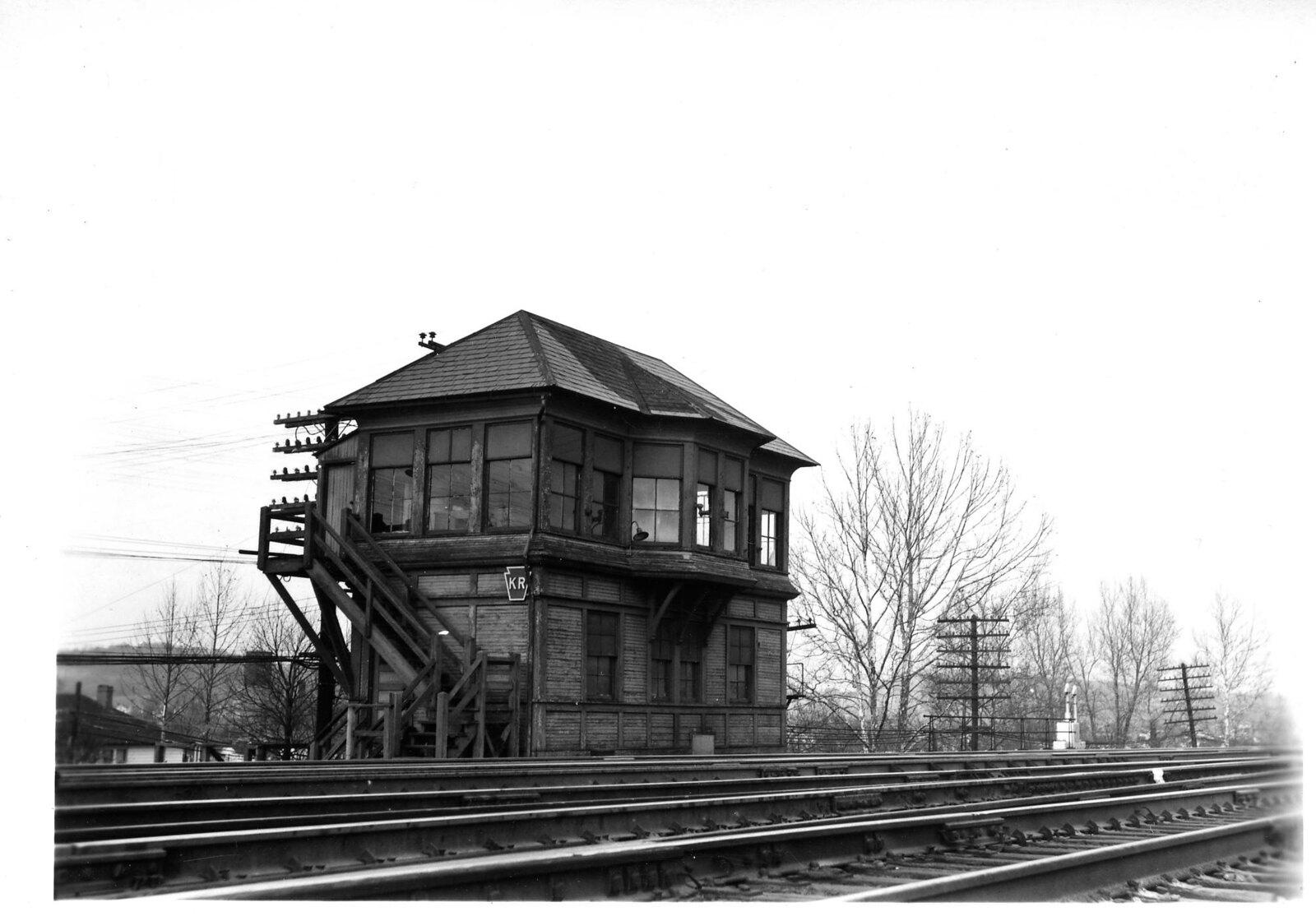This article
originally appeared in
The Trackside Photographer in November of 2018. It builds on my
previous coverage of ALTO tower posted in 2011 with additional photos taken in 2012 and 2018 and additional reference materials that I had obtained during the intervening years.
ALTO (JK) tower, in Altoona, Pennsylvania, was built by the Pennsylvania Railroad in 1915 and remained in service for the next 97 years, closing in 2012. Over that time it worked under the auspices of four different railroads, the PRR, Penn Central, Conrail and Norfolk Southern and each railroad, in turn, brought something new to the table. It is easy to think of railroad history over the last century to be one of subtraction, infrastructure being removed as a transportation monopoly yielded to competition from air travel and highways. However, for at least it's 97 years in service, ALTO's story was one of adaptation to the ever changing times.
 |
| ALTO tower in 2012 as a pair of NS helpers push past. |
What did the PRR bring to ALTO? A simple answer is wealth. The PRR was something like the Google or Amazon of it's day, a technological pioneer with the deep pockets to afford more than the basics. The wooden construction wasn't a cost cutting measure, but actually a mark of the PRR's dynamism as up into the early years of the 20th century the railroad's constant re-investment would render interlocking towers quickly obsolete, requiring frequent replacement. In fact the odd pop-out on the east side of the tower was added when the original interlocking machine proved to be insufficient and a
two more had to be installed in the 1930's. On the front of the tower, the bay window was an optional extra that gave the tower staff an unobstructed view of the Main Line, reducing delays and operator error.
 |
| Extensible wooden construction. |
Although ALTO's design had a degree of implied disposability, the PRR nevertheless spent money on architectural flourishes such as the fish-scale siding, the shade over the relay room windows and the wheel-like ornamentation.
 |
| Transportation themed ornamentation. |
To control the train movements at the west end of the busy Altoona passenger station and the freight yard, the PRR invested in an early style of Union Switch and Signal Electro-Pneumatic interlocking machine with 27 levers. In 1915 this type of machine was typically seen only in major urban junctions and station terminals like New York's Penn Station, but the PRR had no compunction against installing a very expensive piece of technology in what might otherwise be a "temporary" interlocking tower given the railroad's uniquely heavy traffic density. Still, the PRR was no spendthrift and had a penchant for building slow speed interlocking plants in busy terminal areas. Since trains were going to be making station stops, changing power or having helpers attached little was lost in having all trains move through the interlocking at 15 mph with the advantage of vastly simplified interlocking logic and compact dwarf signals.
 |
| Original 1915 US&S "EP" style interlocking machine. |
Although by 1915 most interlocking arrangements in North America made use of track circuits and other forms of non-mechanical logic, "armstrong" style lever frames with mechanically worked switches were still the norm as they reduced the number of the highly expensive relays and could also be run on battery power. Situated in the PRR's own company town, the road had no problems supplying ALTO with a full time source of electricity.
 |
| Rear of the 27 lever EP machine. The glass top is protected by a canvas mat. |


















